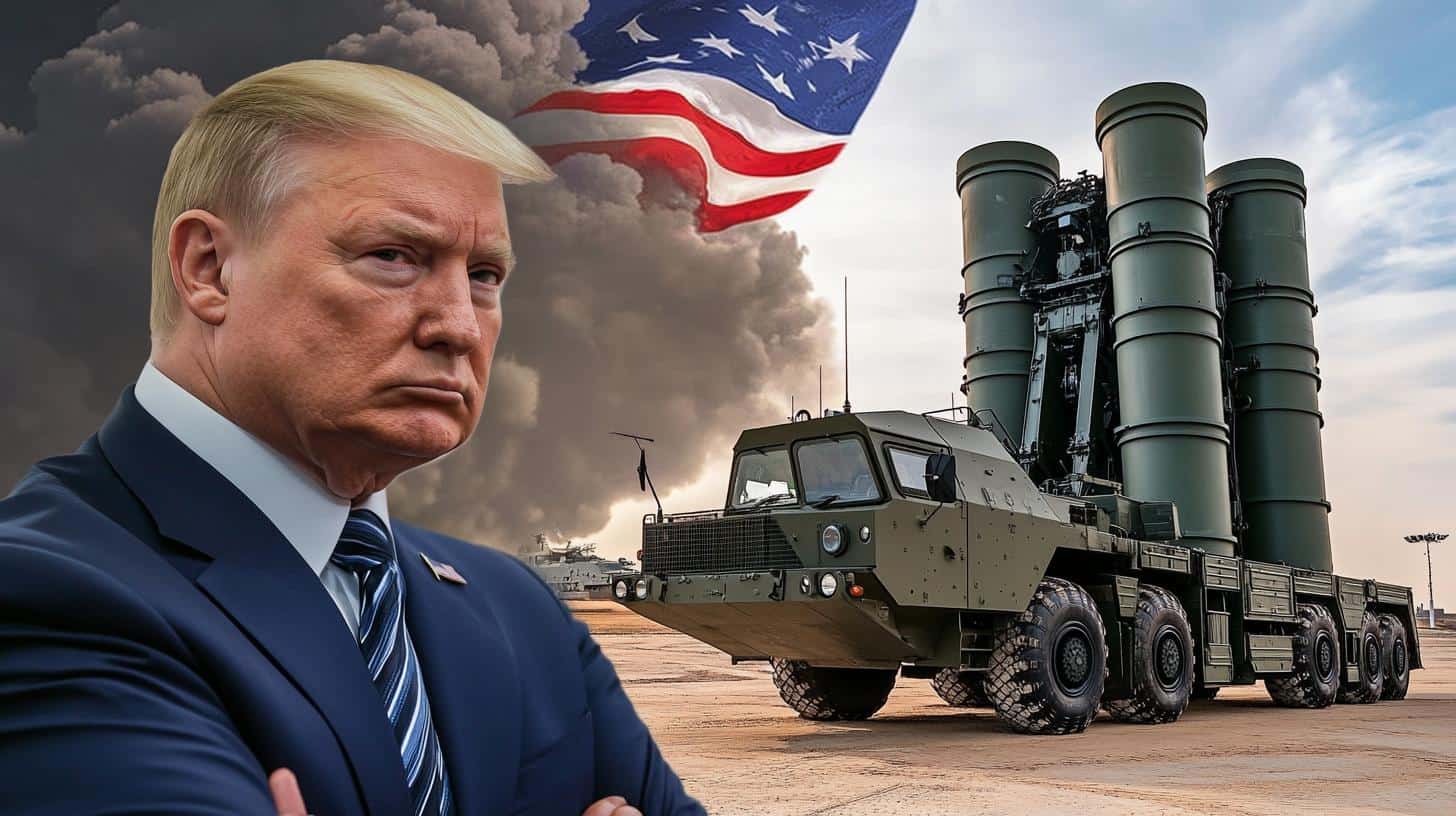In the evolving landscape of modern warfare, air defense and air superiority are crucial. Among the key players in this high-stakes realm are Russia’s S-400 missile system and the United States’ F-35 stealth fighter. These technological titans are at the forefront of a new military era, each showcasing distinct capabilities that may redefine future conflicts.
The S-400 Triumf, known for its advanced radar and missile systems, is lauded for its ability to track and engage a wide variety of aerial targets. Operating with a reported range of up to 400 kilometers, the S-400 can engage up to 80 targets simultaneously. It poses a significant threat to enemy aircraft, including modern stealth fighters like the F-35, making it a formidable component of integrated air defense systems.
Conversely, the F-35 Lightning II embodies a leap in stealth technology, designed to penetrate deep into enemy territory without detection. Its state-of-the-art avionics enable advanced situational awareness, critical for overwhelming adversary defenses. The F-35’s versatility and networked data capabilities empower it to conduct air superiority, strike missions, and intelligence gathering.
As nations invest in such advanced technologies, the S-400 vs. F-35 debate highlights a broader strategic question: Is air defense evolving faster than the systems designed to evade it? While the S-400 aims to neutralize aerial threats efficiently, the F-35 continually adapts its stealth and electronic warfare capabilities to stay undetectable. This ongoing development sets the stage for a complex military chess game, wherein each advancement influences defense strategies globally, shaping the future of air combat.
Unveiling the Battlefield Chess Game: S-400 vs. F-35 Impact on Global Defense
As the tension between air defense and stealth technology escalates, the ongoing rivalry between the S-400 missile system and the F-35 stealth fighter unfolds, bringing significant implications for global defense strategies. But what do these technological advancements mean for nations and their citizens?
Impact on International Relations
The deployment of S-400 systems by various countries, including India and Turkey, has sparked diplomatic controversies. Turkey’s acquisition resulted in strained ties with the U.S., leading to its removal from the F-35 program. This shows how military technology choices can impact alliances and reshape geopolitical dynamics.
Economic and Security Considerations
Both the S-400 and F-35 come with hefty price tags, prompting debates on spending priorities. Are nations investing wisely by prioritizing these technologies over other critical domestic needs? For example, could the billions spent on modern warfare technology be better allocated to education or health services?
Advantages and Disadvantages
The S-400 offers robust area defense capabilities, but its dependence on radar systems makes it susceptible to electronic warfare. Meanwhile, the F-35’s stealth is unmatched, yet its high maintenance costs and operational challenges pose questions about cost-effectiveness and reliability.
These developments urge citizens and leaders to contemplate: How do these military advances influence national security and resource allocation? As the pursuit of superiority in air defense continues, the strategic decisions made today will undeniably shape future conflicts and the stability of regions worldwide.
For a deeper dive into defense technologies and international relations, visit Defense.gov and NATO.







